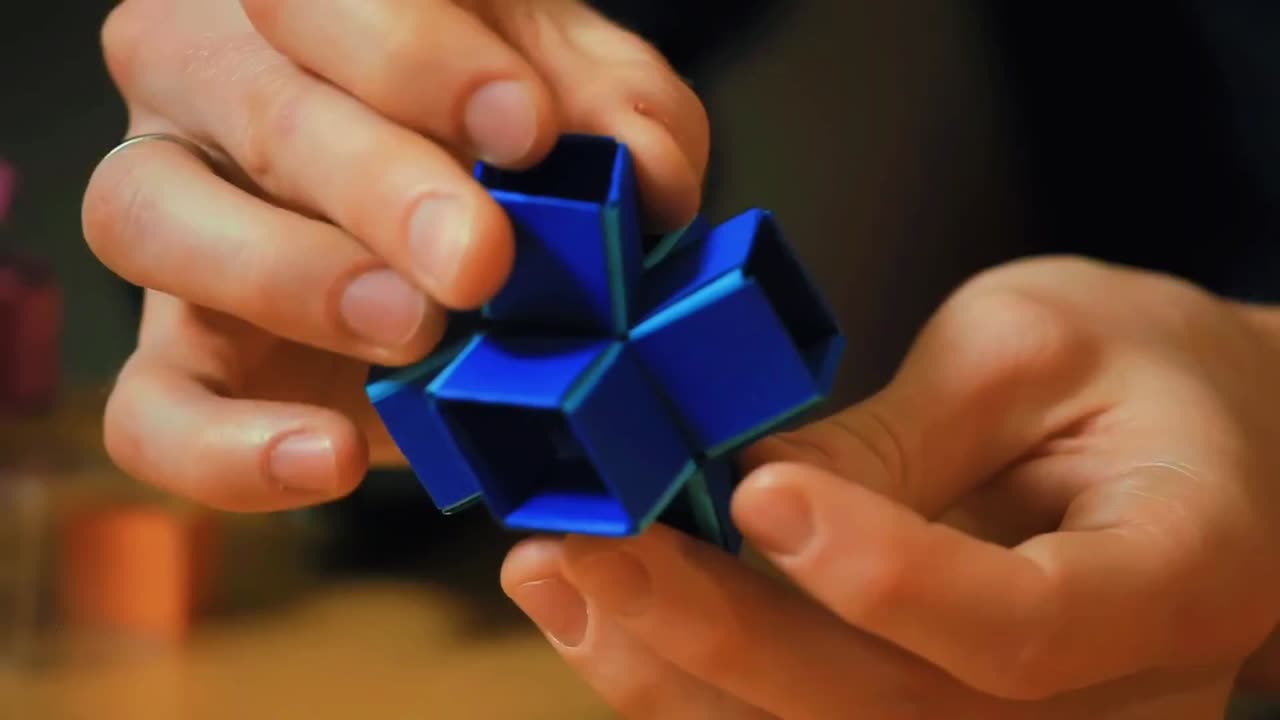Premium Only Content

From Paper to Bionics: Origami's Incredible Impact on Science | The Origami Code | FD Engineering
In Japan, every pupil learns origami: a square sheet of paper is shaped into a frog or a lotus flower. No cuts, no glue – just folds. But in the last twenty years, this ancient art of folding has gone through a high-speed evolution with an impact in almost every corner of our society.
At first for fun, mathematicians and computer scientists embraced this field and produced sophisticated, seemingly impossible models. A black forest cuckoo or the Paris cathedral – all made from just one sheet of paper. These origami freaks eventually discovered that with origami they could fold anything, create any 3D object, providing the sheet of paper was large enough. Looking at these developments, biologists wondered whether origami wouldn’t be in fact an attempt to imitate nature. And indeed, everything that develops and changes in nature is folded: mountains, blossoms, the brain… Life is an unending series of folding and unfolding. It’s the most economical and efficient process in the natural world. And it is not only design. Folding determines also function.
Today researchers in robotics, medicine, biology, nanotechnologies, are embracing this “origami philosophy”. They are looking at how materials and molecules wrinkle, drape, flex and crease, refining origami techniques, and trying better to understand and duplicate nature’s universal folding principles. The Origami Code explores this silent deciphering and mastering of a completely new dimension of reality. The film explores how the ancient art of folding paper has entered the cutting-edge domains of research and now could lead the way to the ultimate stage in bionics.
-
 1:16:08
1:16:08
PMG
1 day ago $4.30 earned"Jack Smith cases against Trump DISMISSED! This is YUGE!!"
17K -
 56:08
56:08
State of the Second Podcast
21 hours agoWhat does the next 4 years look like for the suppressor market? (Ft. Rugged Suppressors)
79.3K13 -
 29:08
29:08
The Lou Holtz Show
15 hours agoThe Lou Holtz Show Ep 21 | Enes Kanter Freedom: A Voice For Human Rights #podcast
74.6K3 -
 28:31
28:31
America First Policy Institute
22 hours agoAmerica First Policy Institute Gala Donald Trump, Elon Musk & Sylvester Stallone Ignite the Movement
43.5K18 -
 4:36
4:36
BIG NEM
12 hours agoThe Sad Truth About How Our Cannabis is Grown
44.2K18 -
 3:07:08
3:07:08
Price of Reason
17 hours agoMainstream Media FEARS Extinction! Gladiator 2 Review! New DnD SCANDAL!
67.9K10 -
 8:23:44
8:23:44
Fresh and Fit
13 hours agoIsrael-Hezbollah Ceasefire & Reacting To Death Threats On X
170K72 -
 1:11:10
1:11:10
Steve-O's Wild Ride! Podcast
5 days ago $10.43 earnedDusty Slay Went From Selling Pesticides To Having A Netflix Special - Wild Ride #244
61.7K3 -
 1:16:02
1:16:02
CocktailsConsoles
11 hours agoBE PART OF THE GAME!!| Death Road to Canada | Cocktails & Consoles Livestream
43.1K3 -
 8:19:28
8:19:28
Phyxicx
13 hours agoWe're streaming again! - 11/26/2024
36.5K